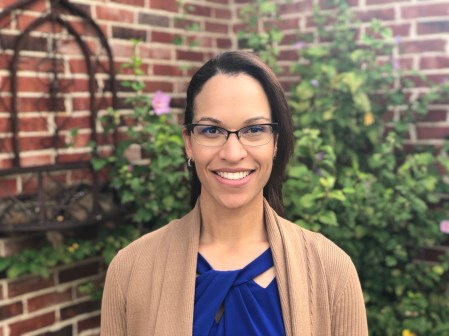Digital transition proves valuable for Oregon school district

When considering where to begin transitioning manual services into digital services, school districts have a wealth of options. For Beaverton School District (BSD) Application Development Manager Jim Newton and his team, there was a logical place to start: the enrollment process.
Newton shared his experience with a room of K-12 IT leaders at the 2018 Consortium for School Networking (CoSN) annual conference, laying out his Oregon district’s initial plan and execution in its effort to move enrollment verification and registration programs from paper forms to online platforms.
The switch was quite a learning process — working with the vendor, training the office staff and establishing best practices — but the results speak for themselves, he explained Tuesday in a primer to the session. They saved hundreds of hours, eliminated nearly 120,000 paper forms and transferred responsibility of the processes from the schools to the parents.
Perhaps most importantly, Beaverton CIO Steve Langford said, clean data was finally available across the district.
The process began with a request for proposal submitted by a consortium of Oregon school districts, including Beaverton. While Synergy was ultimately selected as the vendor to help facilitate the digital transition, Beaverton was the only district in the state to follow through with the transition for the 2017-18 school year.
The difficulty of the process — especially doing it alone, Langford said — could not be overstated. Newton and his team worked with each department to establish common procedures, terminology and communication strategies, but not everybody was on board.
“We had some schools who didn’t lean in on it,” Langford said, “and those were the schools that struggled to adapt.”
Training office employees who were used to navigating thousands of paper forms also presented a logistical challenge. Newton and his team offered classes, updated documentation and guides over several weeks and circulated a video on the transition.
Parents were notified about the transition prior to the fall 2017 semester — the first term the online platform was available.
In his presentation at CoSN, Newton addressed some of the most frequently cited concerns and misconceptions for district IT leaders looking to conduct a similar transition. He and Langford noted that digital enrollment and registration verification will become the norm because students and parents everywhere are expecting it now. Security and fraud concerns, Newton added, either remain neutral or are mitigated by the added level of cybersecurity associated with the digitization of student data.
Ultimately, Newton and Langford observed 80 percent of students using the online service in the first year — an incredibly successful pilot, they said. The other districts initially involved in the RFP are now “getting the playbook” from Beaverton, Langford said, while parents in his district have embraced the technology.
“We gave control back to the parents,” Langford said.”They jumped on it. We had to double our servers.”
“Some paperwork [used to] sit until October,” Langford said. “Now parents are quick to call the school if they don’t receive a verification email within 24 hours.”



